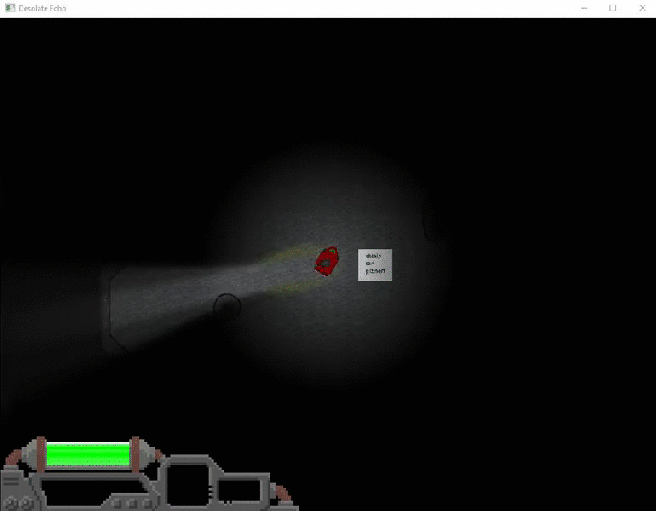The last three weeks of the project a lot of things happened in the game. The first week, week seven, a lot of light and foliage was added by me in the game. The reason being so that the level did not look too empty when we were going to show it on the beta play test. The beta play test was at Thursday so the group worked hard to fix as much things in the game as possible. Because when several people are working on the same project, people can’t work on the same levels as the other as that will create a merge conflict when the persons tries to upload the changes. So to tackle this problem we had one level for each person in the group and one Main Level. When someone was finished with their changes in their level and if no one was working in the Main Level, the person can transfer the changes to the Main Level and upload it so the other group members can download the changes. So this day I transferred all my light changes from my level to the Main Level so that every one in the group got the same changes. Same thing with the foliage and I also added a light in the fire pits so that they can cast shadows. But we removed this the following week because of major performance issues. Apparently the point lights cast six shadows in all directions in real-time which costs a lot of performance. So this definitely had to be changed. I also imported my dust particles into the Main Level and I added “Godrays” that casts visible light much like through fog or dust so that we could light up points of interest.
The day before the beta play test me and Kevin sat really late to fix some small changes to the game. Some lights was added to light up the levels as we had gotten feedback on that the levels were too dark. We vertex painted all of the rooms so that the textures didn’t look too repetitive, we fixed some problems with the fire particles so that they looked like we wanted them to. The beta went well, the playtesters were happy and we got a lot of feedback to work on.
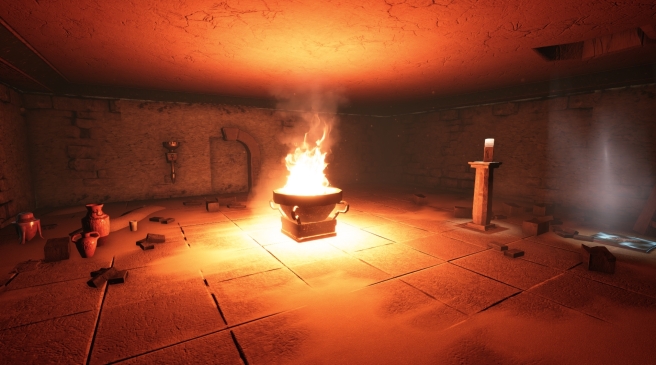
The following week we had some stuff to fix before the beta deadline. I had some things to do with the lighting and general quality of life stuff to add. I started to alter the helping hieroglyphs on the walls before the Horus puzzle and the Anubis puzzle. Players didn’t really notice which way they had to go first, either left or right, so I changed the Anubis hieroglyphs so that they were not lit when the player enters Hall of Statues for the first time. This made the player walk right the first time because the hieroglyphs outside of Horus were lit at all times. The Anubis hieroglyphs don’t get lit until the player has done the Horus puzzle and walked back into Hall of Statues. This made the players look towards the hieroglyphs and they wanted to walk there. Me and the Technical Artist Kevin Alonso stayed some time one day and fixed a more effectual entrance to the Hall of Statues the first time the players went there. At first I did a script that lit the fires in a sequence from first to last. Before this the fires got lit when the player walked near them. I changed it so that when the player walked down from the corridor before the hall, the fires started lighting up regardless of the players position. This got a better feeling of awe and magic in the pyramid which we had tried to imply in the game design.
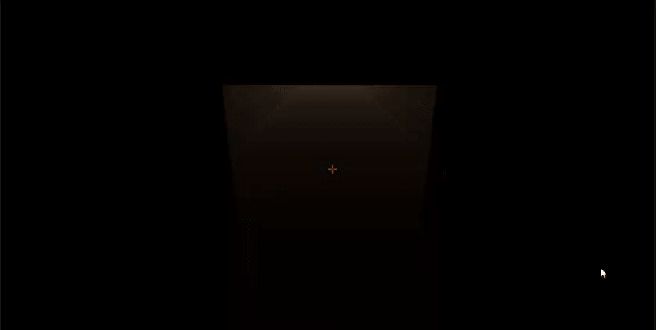
The next day me and Kevin made some changes to the entrance which included a new particle effect from Kevin and some changes to the script so that the speed was changed at which the fires lit up. I also changed so that three different particle effects spawned instead of one for every fire so that the repetition disappeared from the explosions.
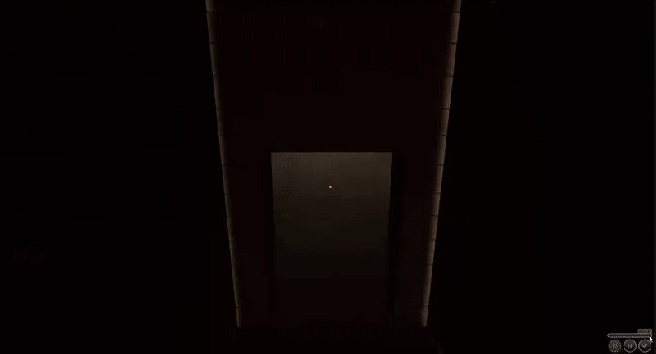
I also fixed a bit with our animation tree this week. The reason being that our animations were not working as intended so I sat down to look in the code for the transitions between the animations and fixed up a bit so that it got a bit better, but it got nowhere near done. I also fixed so that some sand falls from the different platforms when the floor in Horus goes up or down a level for some more authenticity. The Beta went well and the play testers were happy about the game and we got some feedback on changes to make.
The following week was the week before GGC. This meant that we had to put in everything that wasn’t in the game yet. We also had to add some things from the feedback that we got. My objective this week was to spread out the particle effects in the whole level without costing any performance, add a door that closes behind the player in the Horus puzzle and Anubis puzzle and make it open again when the puzzle was completed. I started with adding the particles in the level. Instead of just making an emitter over the whole level I copied the existing one in the tutorial room and placed them in the whole level inactivated. I added a small script in each one that activated the emitter when the player walked into one. So there is only one, maximum of two, active at the same time, which saves a lot of performance and we could add pretty dense particle clouds at the same time. When this was done I jumped on making the doors close behind the player which I only did with a trigger box in the Anubis room and a trigger when the player lights the first torch in the Horus room. When the player has lit all torches in the Horus puzzle the door opens again and the same happens in the Anubis room. When the Anubis room is done there is a door that opens in the floor of Hall of Statues where the player goes down and the game ends. I fixed some sound bugs in that door so that the players could hear it open and know where to go.
Gotland Game Conference went very well, we had a blast and got a lot of useful feedback on how to make the game even better. We also loved all the positive feedback that we gained throughout the conference. We did not win any prices but we did get in second place for the “Best 2nd year project” price! Thank you to all the amazing people who played our game at GGC and also for reading my blog! I’ll come back next semester to make more games and learn a lot of more!
Amenti can be downloaded here.
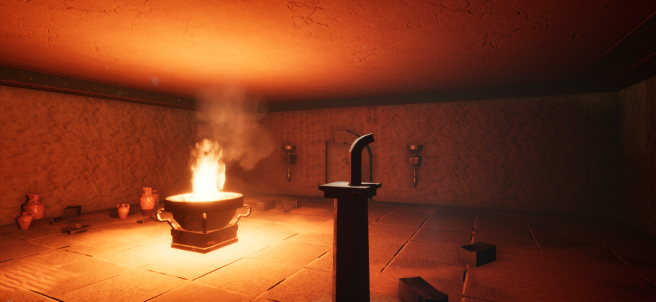


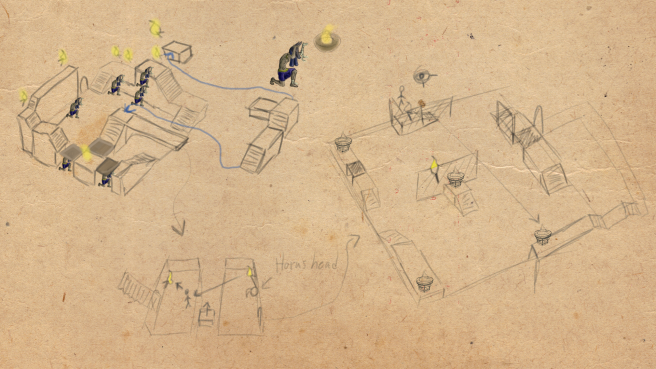
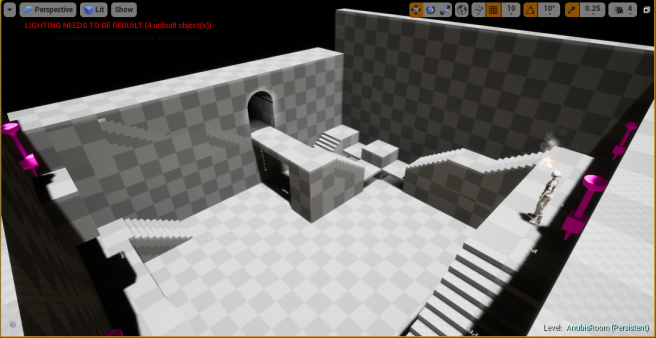
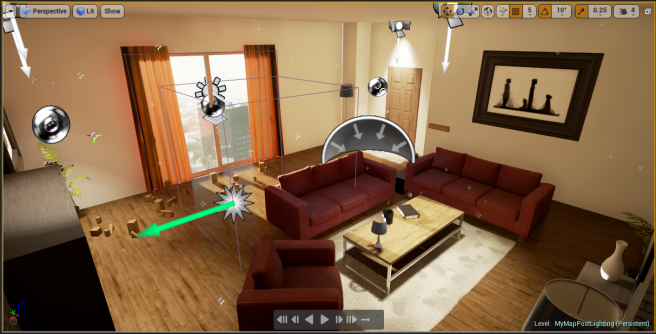

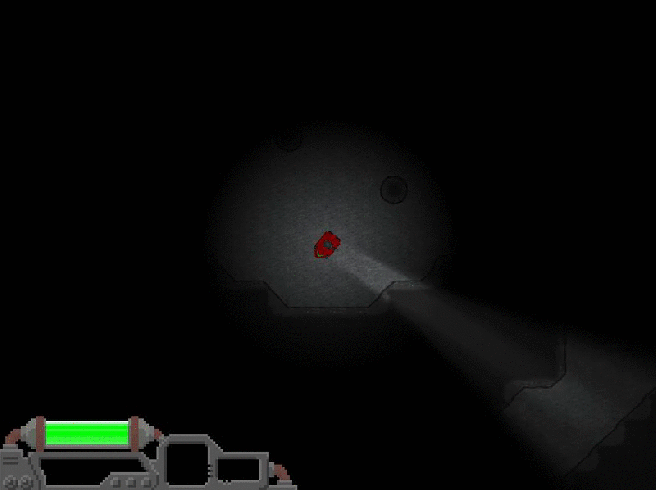

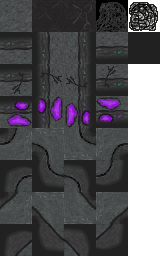

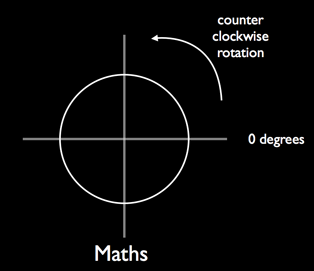 , eller om vinkeln är mellan 0 och -180 så pekar spelaren uppåt. Samma sak med sidorna mellan -90 och 90 så pekar den åt höger eller vänster.
, eller om vinkeln är mellan 0 och -180 så pekar spelaren uppåt. Samma sak med sidorna mellan -90 och 90 så pekar den åt höger eller vänster.